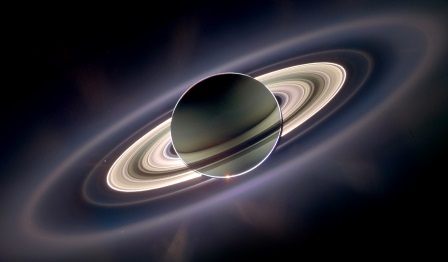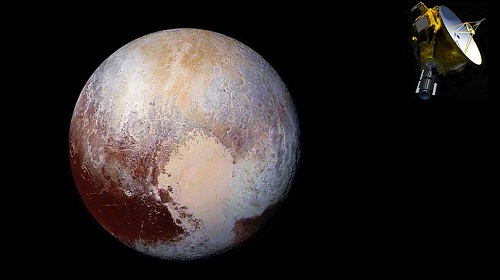If you’re reading this, you likely have an interest in either finding evidence for the Christian faith, or presenting evidence to defend your faith. The endeavor to defend the faith is known as apologetics. When doing apologetics we often have a focus on presenting evidence or reasons to believe in the Christian faith. That is why you see apologetics ministries with names like Reasonable Faith[1] or Reasons to Believe[2] and even my own Rational Faith. In this age dominated by Science and scientism[3] many have identified the need to defend Christianity against pervasive claims that modern minds cannot believe in the ancient claims of Christianity because many of those claims appear unscientific or outright impossible and are therefore unbelievable. After all how can the modern mind believe in a 7 day creation and a 6000 year old universe; and an original Adam and Eve when the modern scientific community is telling you the universe is some 13.7 billion years old, and humans were not created, they evolved?
Category Archives: Nebular Hypothesis
Lessons from Pluto
On January 19, 2006 the “fastest spacecraft ever launched”[1] – the New Horizons space probe – lifted off from Cape Canaveral, Florida on a mission to Pluto. In February of 2007 it collected data from Jupiter as it flew by for a gravity assist catapult as it continued on to Pluto. On July 14th, 2015, New Horizons made its closest approach to Pluto. Scientists have now had an opportunity to review the initial data and pictures from New Horizons about the dwarf planet[2] Pluto, and many have been forced into a stunning but unavoidable admission: they’ve been wrong about Pluto for a long time.
What they found on Pluto was not at all what they were expecting to find. Scientists were expecting to find it heavily cratered, “a flat, dead world similar to our moon.”[3] Instead, what they actually found was:
- Icy Volcanoes
- The heart shaped area (right side partially faded) visible in the picture above named sputnik planum, of which scientists note “…this Texas sized basin of ice appears to be boiling.” [4] Planetary scientist Jani Radebaugh likens it to “a lava lake in slow motion”[5] made of nearly frozen Nitrogen cooled until the texture is that of tooth paste.
- Other areas feature a young looking surface, with no record of crater bombardment as expected. “These features are very, very young…Pluto is active today. That’s the headline.”[6] says Planetary scientist Dan Durda.
- An active geology driven by heat
- and “there’s pretty good circumstantial evidence that Pluto has a massive ocean in its interior”[7] says New Horizons mission principle investigator Alan Stern.
Secular Blindness
While scientists are willing to fess up to being wrong when confronted with objective data like that supplied to them from their own instruments aboard the New Horizons space probe, it is unlikely that they are willing to acknowledge error with regard to the below lessons, save the first, which they cannot deny without being accused of being science deniers. Continue Reading
Saturn’s Rings are Young!

Above: Saturn as seen when space craft Cassini flew by. (2013)
Pick anyone living in the world today. What could you say you know about them? Well for one, you could say you know they weren’t alive at the time of Christ. How do you know that? Well we know Christ lived some 2000 years ago. We also know that humans do not live for 2000 years. And though life spans vary, most do not live much beyond 100 years. So if you come across a living person, you know that person was not alive to see Christ; for if they were alive during Christ’s time, they wouldn’t be alive now.
That is the scenario we have with the Rings of Saturn. Scientists have calculated the “life span” of the rings, and it is not at all in line with what they calculate the age of either the solar system or Saturn. So if the rings are “alive” now, they must be relatively young; for if they were as old scientists say the rest of the solar system is – some 4.6 billion years – they would have long ago vanished. Continue Reading


